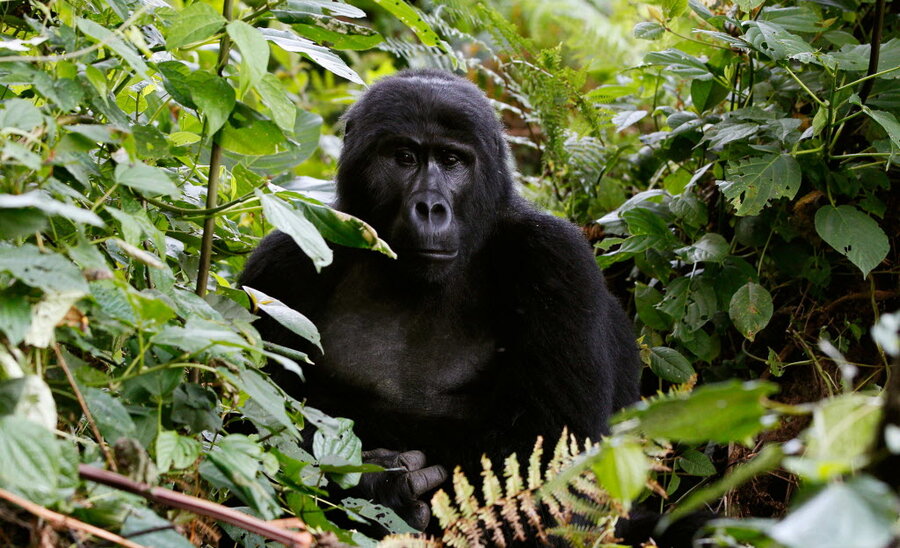Are plants slowing the rise of CO2 in Earth’s atmosphere?
Loading...
After steadily rising for decades, the rate at which carbon dioxide is increasing in the atmosphere remained at a steady 1.9 parts per million each year between 2002 and 2014.
A study published Tuesday in the journal Nature Communications attempted to figure out why the rate of CO2 increase had plateaued, concluding that this occurred because Earth’s terrestrial vegetation has been absorbing more CO2 from the atmosphere than in previous decades. The mitigating effects of trees and other plants cannot keep pace with the anthropogenic climate change and the total amount of CO2 in the atmosphere is still rising, but more slowly than previously thought.
"This highlights the need to identify and protect ecosystems where the carbon sink is growing rapidly," Trevor Keenan, a research scientist in Lawrence Berkeley National Laboratory’s Climate and Ecosystems Science division and lead author of the study, said in a statement.
Plants, soil, and the oceans can serve as "carbon sinks," absorbing CO2 from the atmosphere. Using ground and atmospheric measurements of CO2 levels, satellite measurements of vegetation density, and computer modeling programs, researchers found that an uptick in the photosynthetic activity of plants between 2002 and 2014 was what caused the plants to absorb more carbon.
They also found that it was fossil fuel emissions that spurred on the increase in photosynthesis.
It is a self-perpetuating cycle. Burning of fossil fuels raises the levels of CO2 in the atmosphere and also causes photosynthesis to increase because CO2 is one of the chemicals needed to start the chemical reaction. Photosynthesis then increases plant growth, which leads to more carbon uptake from the atmosphere.
“These changes decreased the amount of anthropogenic CO2 that stays in the atmosphere, and thus slowed the accumulation of atmospheric carbon dioxide,” Dr. Keenan said in a statement.
Plants also emit CO2 through respiration – the chemical process of photosynthesis in reverse.
But respiration has not seen the same increase that photosynthesis has because respiration is dependent on temperature. The slowdown in global warming allowed for an increase in carbon uptake by plants through photosynthesis without the subsequent release of CO2 through respiration.
Still, the researchers do not think this process accounts for the entirety of the slowdown in atmospheric CO2 increase and that the carbon cycle itself must have changed.
"We believed one of the planet's main carbon sinks had unexpectedly strengthened. The question was: which one?" Keenan said in a statement.
The scientists were able to rule out oceans, leaving terrestrial ecosystems that can vary greatly in the amount of carbon they take up each year because of the influence of photosynthesis and respiration. Using several different vegetation models, the researchers were able to determine that CO2 levels were having the biggest impact on photosynthesis and plant respiration, and thus on carbon uptake, in tropic and high-latitude terrestrial ecosystems.
Still, these findings are more vague than the researchers would have liked. The increase in carbon uptake is not nearly enough to stop climate change, Keenan says, but the study does pose new questions that could be the topic of future research.
"We've shown the increase in terrestrial carbon uptake is happening, and with a plausible explanation why,” Keenan said in a statement. “But we don't know exactly where the carbon sink is increasing the most, how long this increase will last, or what it means for the future of Earth's climate."








